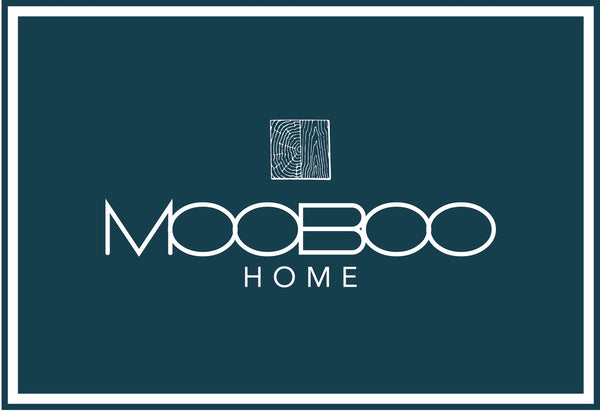The colours of the rainbow, often remembered by the acronym ROYGBIV, represent the spectrum of visible light. When explored in lighting terms, these colours can evoke different emotions, set varied moods, and even influence design choices. Let's delve into the colours of the rainbow and their implications in the world of lighting:
-
Red (R):
- Mood & Emotion: Red is a bold colour associated with warmth, passion, love, and sometimes aggression.
- Application: Red lighting is often used in nightlife venues and some restaurants to set a warm and intimate mood. It can also be seen in photographic darkrooms because it doesn't affect light-sensitive materials.
- Consideration: Overuse of red lighting can be overpowering and intense. It should be used strategically.
-
Orange (O):
- Mood & Emotion: Orange exudes warmth, enthusiasm, and energy.
- Application: Orange lighting can create a welcoming ambiance and is often used during festivities and parties. It can also promote socialisation in casual dining settings.
- Consideration: It's an inviting hue but should be balanced with other colours to avoid a monochromatic orange space.
-
Yellow (Y):
- Mood & Emotion: Yellow is the colour of sunshine, associated with joy, happiness, and optimism.
- Application: Yellow lighting can uplift the mood in commercial and residential spaces. It's commonly used in areas requiring bright lighting, like kitchens or workspaces.
- Consideration: Too much yellow might feel overwhelming or excessively bright.
-
Green (G):
- Mood & Emotion: Green symbolises nature, harmony, freshness, and fertility.
- Application: Green lighting is commonly used in outdoor settings, gardens, or wellness centres to evoke a calming and natural feel. It's also popular in night-vision equipment.
- Consideration: Soft green hues can be more soothing than intense, bright greens.
-
Blue (B):
- Mood & Emotion: Blue signifies depth, stability, trust, loyalty, wisdom, confidence, and tranquility.
- Application: Blue lighting can be calming and is often used in bedrooms, meditation centres, or spas. It's also utilised for outdoor landscape lighting to mimic natural moonlight.
- Consideration: Darker blue shades can make spaces feel cooler or even melancholic, so it's crucial to choose the right shade for the intended mood.
-
Indigo (I):
- Mood & Emotion: Indigo is linked to intuition, meditation, and deep contemplation.
- Application: Not as commonly used in standard lighting, indigo may appear in thematic or artistic settings.
- Consideration: Being a deep colour, it can make spaces feel smaller or more intimate.
-
Violet (V):
- Mood & Emotion: Violet or purple represents power, luxury, and ambition. It's also associated with magic, creativity, and mystery.
- Application: Violet lighting can give spaces a luxurious or magical ambiance. It's often used in artistic venues or during special events.
- Consideration: Lighter shades like lavender can be soothing, while darker shades can add opulence.
In lighting, especially with the rise of LED technology, we now have the flexibility to experiment with a wide spectrum of colours. The choice of hue can significantly impact the feel of a space, influencing emotions, perceptions, and experiences. When selecting lighting, considering the psychological and functional implications of each colour can guide design choices to best suit the desired outcome.


 https://www.mooboohome.co.uk
https://www.mooboohome.co.uk